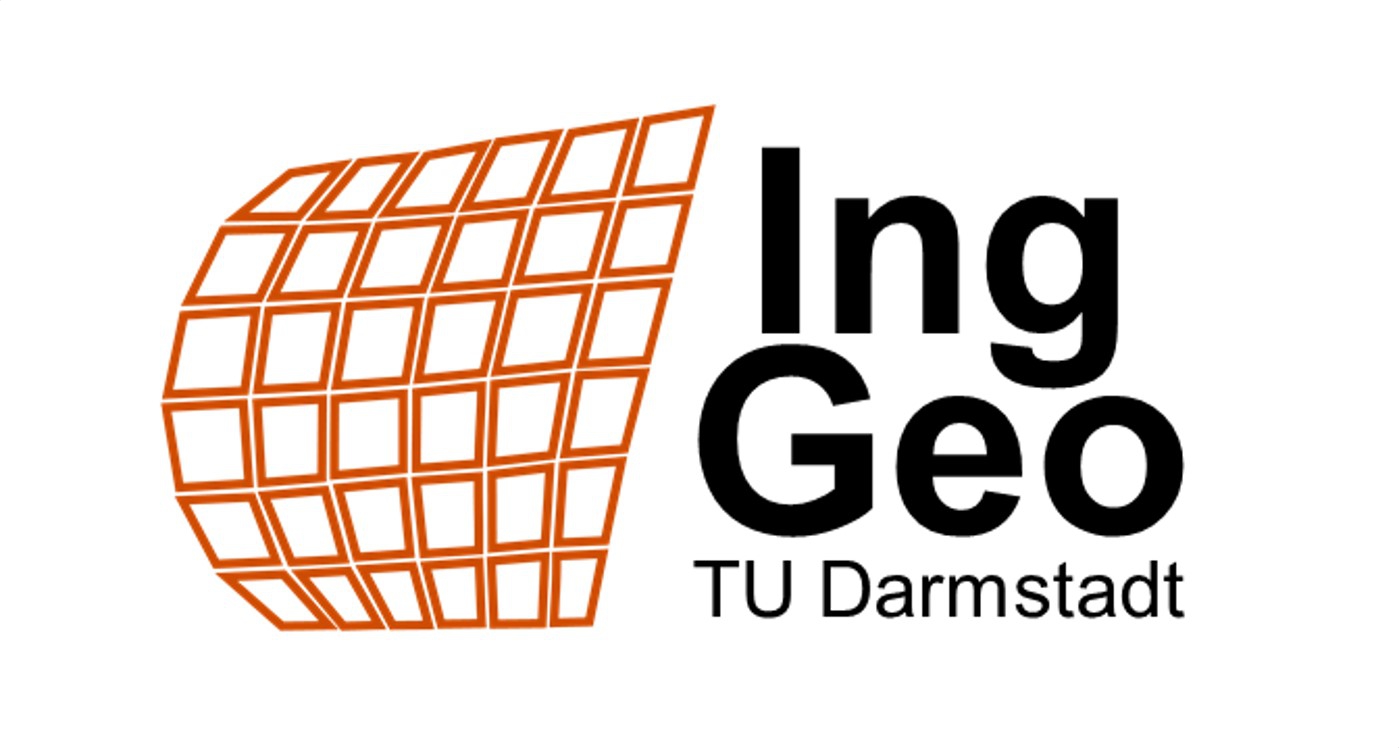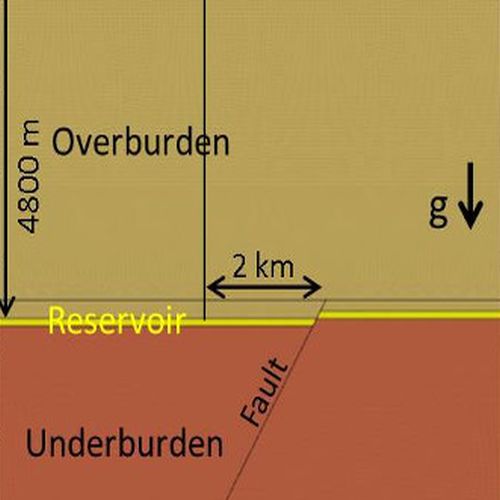
Facts about the project
Project manager: Dr. Tobias Hergert +++ Duration: 01.09.2019 – 31.05.2020 +++ Project funding: Wintershall Dea GmbH
The objective is to gain some quantitative insights into the formation of production-induced earthquakes in North German gas fields, in particular, the critical stress states leading to rupture propagation.
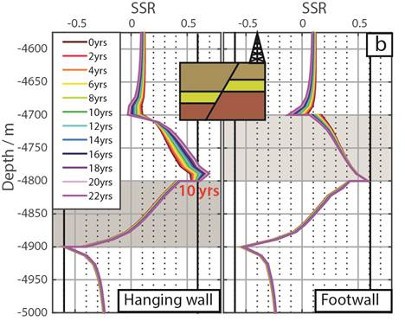
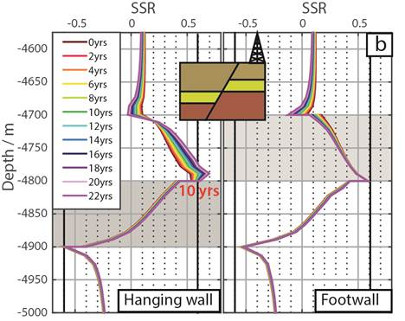
Modeling is based on the finite element method. The model geometry describes an idealized section through a Rotliegend graben in the North German Basin. In a first step, the production phase is simulated and the deformation and stress changes in the reservoir as well as in the surrounding rock associated with the pore pressure decline are analysed. In particular, the stress evolution on a fault surface is considered that bounds (graben margin) or offsets (intra-graben) the reservoir. The deformation of the rock is described by poroelastic material behaviour, and the mechanical-hydraulic parameters used are based on typical values in the region. In the first phase of the APIS project, extensive numerical simulations are carried out with different model geometries and material parameters.
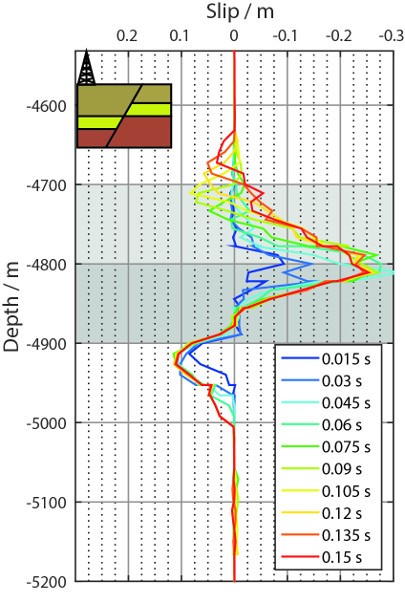
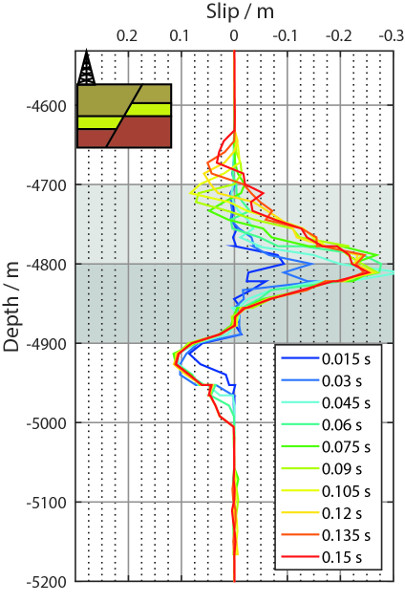
In the second phase of the project, starting from a critical stress state on the fault surface that has occurred due to production, the dynamic rupture propagation on the fault is modeled, i.e., the production-induced earthquake. The resulting coseismic offset, which is governed by the existing stress state and the frictional properties on the fault as well as the material properties of the surrounding rock, is captured in its temporal and spatial evolution. Different cases are considered, such as variable reservoir offsets on the fault and production from only one or both adjacent compartments.
- Hergert T., Haug C., Henk A., Nüchter J.-A., 2022. Modelling production-induced dynamic rupture of intra-graben faults and related earthquakes in the North German Basin, doi.org/10.1016/j.gete.2022.100339
- Haug, C., Nüchter, J.-A., Henk, A., 2018. Assessment of geological factors potentially affecting production-induced seismicity in North German gas fields, Geomechanics for Energy and the Environment, 16, 15-31, doi.org/10.1016/j.gete.2018.04.002.


